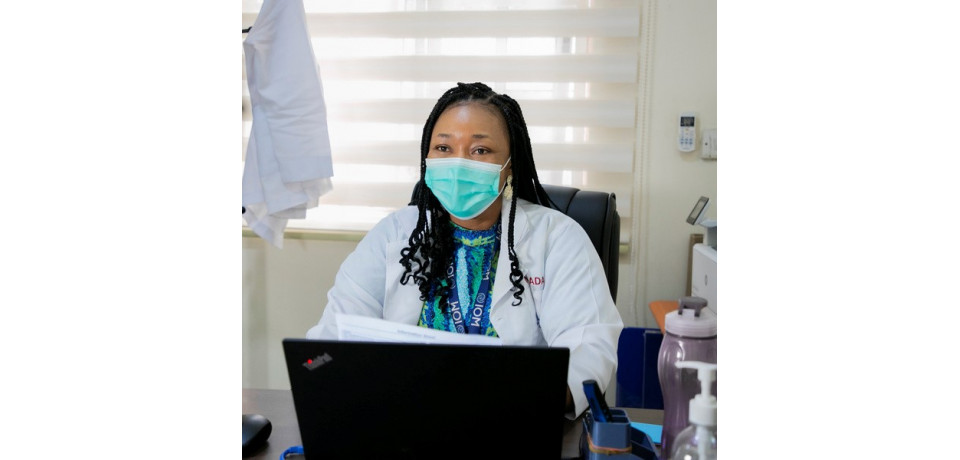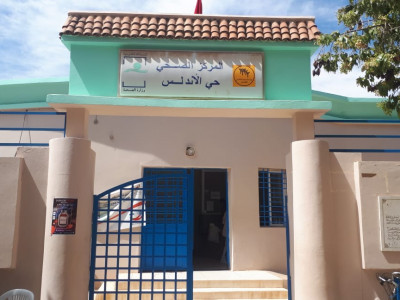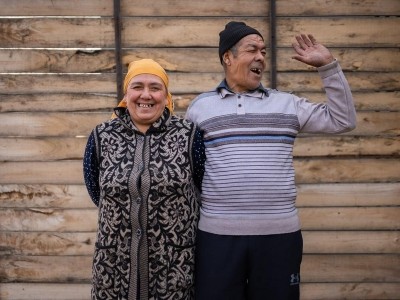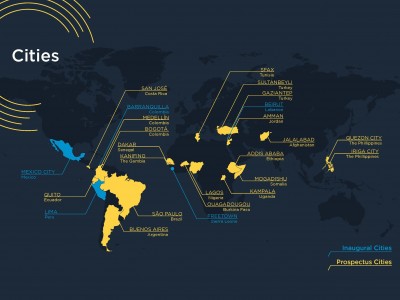Partnership on Health and Mobility in East and Southern Africa (PHAMESA) II
Objectifs de Développement Durable Connexes et Objectifs du Pacte Mondial sur les Migrations
Résumé
The PHAMESA regional programme offers a comprehensive public health approach, addressing health concerns that particularly affect migrants and mobile populations, with a focus on HIV prevention, treatment and care, and related conditions like TB and reproductive health.
PHAMESA focuses primarily on labour migrants and mobile workers, forced migrants, and irregular migrants in the context in which they live and work, including their families and host communities.
PHAMESA’s programme approach is to focus on the individual risk factors of HIV infection as well as the structural and environmental factors that influence individual behaviour. This approach is based on evidence that individual choices about sexual behaviour are dependent on the socio-economic and cultural environment in which migrants live and work.
Objectif clé
IOM’s Partnership for Health and Mobility in East and Southern Africa (PHAMESA) aims to improve the management of migration health and reduce migrants’ vulnerability to HIV by responding to their health needs throughout all phases of the migration process.
Principales activités
Under the PHAMESA II project, health concerns affecting mobile populations were targeted to support the physical, mental and social well-being of migrants and their communities. A comprehensive public health approach was set up to prevent, treat and care for those at risk of HIV and tuberculosis.
Border communities, "hot spots", and emergency settlements including refugees and internal displacement camps are among the locations where activities were concentrated. Some of the concrete measures taken to effectively integrate migration into health practices include:
-
Improving monitoring of migrants’ health to inform policy and practices;
-
Ensuring that policies, legislations and strategies comply with international, regional and national obligations with respect to the right to health of migrants;
-
Instituting migration-sensitive health services in targeted ‘spaces of vulnerability’ in countries of origin, transit and destination.
Principaux succès ou facteurs innovants, bonnes pratiques et enseignements tirés (si disponibles)
Defining “spaces of vulnerability” can lead to a more focused approach to mainstreaming migration. “Spaces of vulnerability” are identified based on where migration and mobility stretch public health capacities. In this project, spaces of vulnerability were:
-
transport corridors
-
mixed migration routes
-
urban settings, and
-
extractive industries.
Identifying these spaces helped ensure that project actions were appropriate and reflective of the local context.
Change agents are critical resources for improving community knowledge, practices and attitudes towards health services. Change agents are activists within the local community that mobilize community members, offer personalized health-related training and health sensitization campaigns, and provide or refer community members to services such as medical care, counselling and support. Through this project, change agents were trained to be peer educators, who acted as agents of change in selected hotspots with high HIV prevalence. The deployment of change agents from the community built up trust between the target population and the community, which indirectly improved social cohesion.
Partnerships across levels, sectors, and borders strengthen sustainable responses to migration and health challenges. Strong partnerships can create avenues for collaboration that can improve the coherence of health actions and the social inclusion of migrants and migrant-affected communities. Engagement with the Regional Economic Commissions, such as the Southern African Development Community (SADC), improved service delivery, capacity building, and advocacy so that the project had a wider reach and more sustained impact.
Bénéficiaires
Migrants (labour migrants and mobile workers, forced migrants, and irregular migrants), families of migrants, host communities



